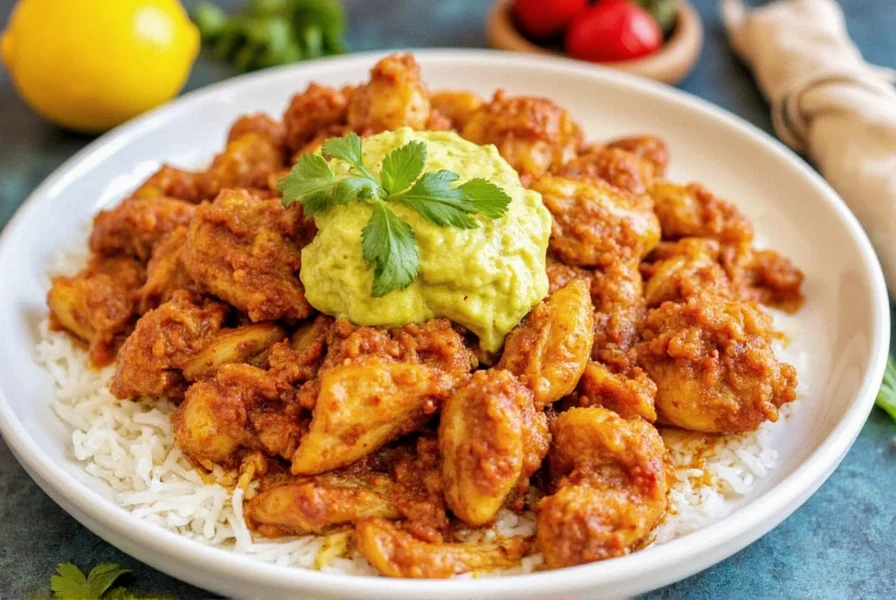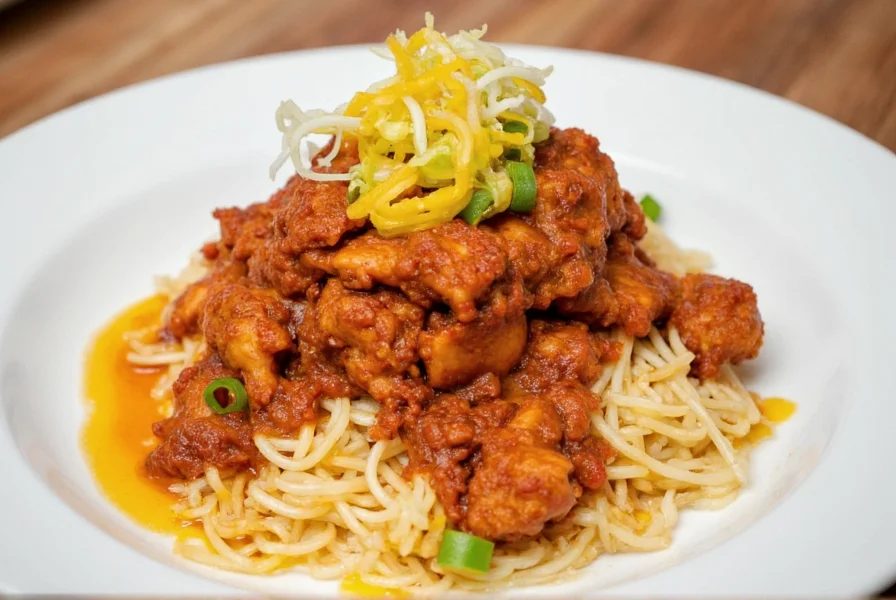Pollo Pibil: A Fiery Fiesta of Flavor You Can’t Ignore!
If you're craving a taste of tradition wrapped in vibrant spices and smoky heat, then pollo pibil is your next flavor adventure. Originating from the Yucatán Peninsula in Mexico, this iconic dish is more than just a meal — it's a culinary celebration that brings people together. Whether you're a seasoned chef or a curious home cook, get ready to dive into the aromatic world of pollo pibil.
Table of Contents
- What Is Pollo Pibil?
- A Bite of History: The Roots of Pollo Pibil
- The Heart of the Dish: What Makes Pollo Pibil Unique?
- How to Make Pollo Pibil at Home (Like a Pro)
- Spice Scale: From Mild to Wild
- Serving Suggestions & Pairings
- Buying Guide: Must-Have Tools & Ingredients
- Final Thoughts
What Is Pollo Pibil?
At its core, pollo pibil is marinated chicken slow-cooked using a traditional pit-baking method known as pib. This technique involves burying food under hot stones and banana leaves, giving the chicken a tender texture and smoky aroma that’s hard to resist.
A Bite of History: The Roots of Pollo Pibil
The story of pollo pibil begins with the ancient Maya civilization. Before Spanish colonization, the indigenous people used underground ovens called pibs to cook meats wrapped in fragrant leaves. Over time, the arrival of European ingredients like citrus and garlic blended beautifully with native spices, birthing what we now know as modern-day pollo pibil.
Today, pollo pibil is not only a staple in Yucatecan households but also a proud symbol of regional pride and cultural fusion.
The Heart of the Dish: What Makes Pollo Pibil Unique?
The secret to pollo pibil lies in its marinade — the legendary adobo rojo. Made with a fiery blend of chili peppers (especially annatto-infused ones), sour orange juice, garlic, cumin, oregano, and other spices, this paste creates a bold, earthy, and slightly citrusy flavor profile.
| Key Ingredient | Role in the Dish |
|---|---|
| Annatto Seeds | Give the adobo its vibrant red color and nutty undertone |
| Sour Orange Juice | Adds tangy brightness and tenderizes the meat |
| Garlic | Boosts the depth of flavor |
| Cumin & Oregano | Enhances the earthiness and spice level |
How to Make Pollo Pibil at Home (Like a Pro)
You don’t need an underground oven to recreate this masterpiece! Here's how to nail authentic pollo pibil right in your kitchen:
- Make the Adobo: Blend annatto seeds soaked in vinegar, sour orange juice, garlic, cumin, oregano, salt, and pepper into a smooth paste.
- Marinate the Chicken: Coat bone-in chicken thighs generously with the adobo. Let sit for at least 4 hours (or overnight) in the fridge.
- Wrap It Up: Place the chicken on banana leaves (or parchment paper if unavailable) and wrap tightly.
- Bake or Grill: Roast at 350°F (175°C) for about 45 minutes or grill slowly until the chicken is fall-off-the-bone tender.
- Serve with Love: Serve warm tortillas, pickled onions, avocado, and fresh lime wedges.
Spice Scale: From Mild to Wild
While traditional pollo pibil has a moderate heat level, you can tweak it based on your preference. Here’s a handy guide:
| Heat Level | Ingredients to Add/Modify |
|---|---|
| Mild | Reduce chili content; add more citrus juice |
| Medium | Stick to original recipe or add a pinch of smoked paprika |
| Hot | Add extra habanero or serrano peppers |
| Wildfire | Throw in ghost pepper flakes (not recommended unless you’re daring!) |
Serving Suggestions & Pairings
Pollo pibil shines when served with classic Yucatecan sides. Try these combinations:
- Tortillas: Warm corn tortillas are a must-have for wrapping up the tender meat and toppings.
- Pickled Onions: Tangy and colorful, they balance out the richness of the chicken.
- Avocado Slices: Adds creaminess to each bite.
- Lime Wedges: Fresh squeeze of lime gives a refreshing lift.
- Refried Black Beans: For a hearty side that complements the spiced chicken perfectly.

Buying Guide: Must-Have Tools & Ingredients
To master pollo pibil at home, here are the essential tools and ingredients you’ll want to stock up on:
Essential Kitchen Tools
- High-Speed Blender: For blending the adobo smoothly.
- Cast Iron Skillet or Grill Pan: Great for sealing in flavor after baking.
- Heavy-Duty Baking Tray: Perfect for roasting wrapped chicken.
- Banana Leaves: Authentic touch, often found frozen in Latin grocery stores.
Key Ingredients
| Product | Features | Best Use Case | Who Needs It |
|---|---|---|---|
| Annatto Paste | Ready-to-use paste with natural coloring and subtle peppery flavor | Quick adobo preparation | Home cooks short on time |
| Dried Habanero Peppers | Intense heat with fruity undertones | Adding kick to homemade adobo | Spice lovers and DIY chefs |
| Sour Orange Concentrate | Preserves traditional tartness without spoilage | Consistent flavor base | Cooks seeking convenience |
| Banana Leaves (Frozen) | Food-grade, easy-to-defrost packaging | Wrapping and steaming meat | All levels of chefs |
Final Thoughts
Pollo pibil isn't just a dish — it's a journey through history, culture, and flavor. Whether you're cooking for friends, experimenting solo, or hosting a themed dinner, mastering this spicy delight will surely elevate your kitchen game.
Now that you've got all the tips, tricks, and tools, it's time to roll up your sleeves, fire up the oven (or grill), and bring the soulful spirit of Yucatán to your plate. ¡Buen provecho!











 浙公网安备
33010002000092号
浙公网安备
33010002000092号 浙B2-20120091-4
浙B2-20120091-4